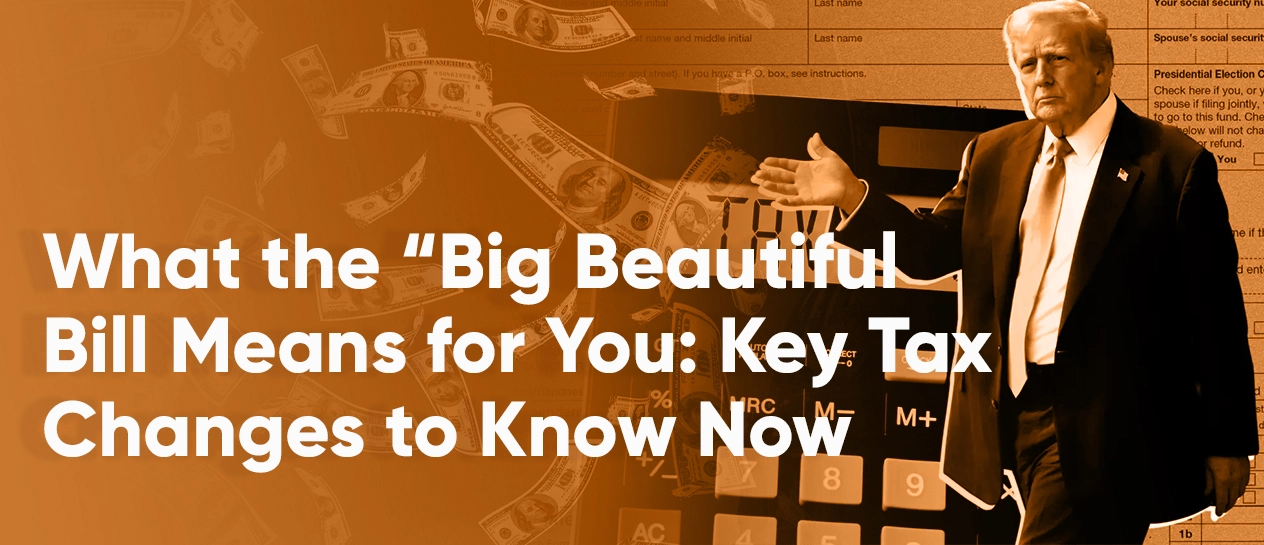Importance of Selecting the Right Hedge Fund Structure
Selecting the right hedge fund structure requires careful planning and a diligent approach as there are many moving pieces that need to be addressed before accepting outside capital.
New operational and regulatory requirements have added complexities and cost to organizing and running a fund vehicle in the U.S. and abroad. Aligning yourself with strong service provider partner will be essential as you navigate through the operational, tax and legal nuances of operating a fund in various jurisdictions.
Investment manager should identify which structure is most effective for the investment strategy and the investor base. Keep reading to learn about the most common hedge fund structures for U.S. investment managers.
Common Hedge Fund Structures
The most common hedge fund structures for U.S. based investment managers include a stand-alone domestic fund, a master-feeder fund structure, a side-by-side vehicle and a min-master fund. . Each investment vehicle and the jurisdiction where it is domiciled have unique nuances.
Stand Alone Hedge Fund Structure
A stand-alone hedge fund is setup as a Delaware Limited Partnership with a Limited Liability Company (LLC) acting as the General Partner (GP) in the state in which the GP is located. Fund managers who form U.S. Limited Partnerships anticipate a U.S. investor base with few or no tax-exempt and foreign investors.
The Partnership must also file Schedule K-1s for each LP and GP to document business income and losses based on each individual LP’s investment.
A consideration that U.S. investment managers will need to make from the onset is whether the fund will engage as a Securities Trader (engaged in trade or business) or as an Investor during a tax period. A Securities Trader buys and sells securities with reasonable frequency in order to profit on a short-term basis. To qualify as a Securities Trader, a fund’s trading activity must be frequent, substantial, regular and continuous enough to constitute as a business.
Determination as a Securities Trader or Investor has a significant impact on a fund’s partners to deduct expenses incurred by the fund for U.S. federal and state income tax purposes. Reference our article on Trader vs. Investor Status here.
Master-Feeder Fund Structure
A master-feeder fund is the most common structure and efficient structure for both U.S. and non-U.S. investors. Both investor types invest directly in the same master offshore fund vehicle through separate feeder funds – a Limited Partnership for U.S. investors and a Company for U.S. tax exempt or foreign investors. With this fund structure, the same tax considerations apply for U.S. investors. Tax implications for U.S. tax-exempt and foreign investors vary depending on the offshore jurisdiction chosen. The master fund must make a “check the box” election to be taxed as a partnership for U.S. tax purposes.
The Cayman Islands, Bermuda and The British Virgin Islands are common offshore fund jurisdictions for U.S. based investment managers. These offshore jurisdictions are a popular choice for offshore funds due to their stable governments, robust investment funds regulatory environment, stringent anti-money laundering policies and business-friendly setup. It is also a tax-exempt jurisdiction, allowing offshore and U.S. tax-exempt investors avoid paying taxes on hedge fund gains. Additionally, foreign investors look for anonymity, not wanting to disclose their identity to the U.S. Internal Revenue Service (IRS).
Offshore funds are also attractive to U.S. tax exempt investors as a way to avoid Unrelated Business Taxable Income (UBTI) which is generally triggered by Limited Partnerships. The first indication of UBTI involves generating unrelated trade of business income regularly. This can result in tax liability if investments are made in a partnership, conducted as a trader or business.
One effective strategy to avoid potential UBTI issues is to create a blocker corporation between the investment and the fund. The corporate entity serving as the blocker will pay taxes on the income and the fund will realize any gains from the investment after liquidating the blocker. This limits the potential for triggering UBTI. Using blockers does not fully eliminate tax exposure and the blocker must pay income tax if it is a U.S. corporation. However, a blocker strategy can alleviate the U.S. filing obligation.
Side-By-Side Fund Structure
Side-by-side fund structures are used by investment managers who desire to run two separate funds in an identical manner one domestic and the other offshore.
This structure is used for specific types of investment strategies such as fund of funds, but is generally inefficient for more active trading strategies because of the administrative burden of splitting trade tickets between two funds.
From a jurisdiction and tax perspective, the implications are similar to a master-feeder fund structure. From an operational perspective, a master-feeder structure could be more favorable for the following reasons:
- A single trading entity which does not require allocating individual trades on a net asset value basis;
- One portfolio to manage;
- One performance result as expenses can vary for onshore and offshore funds; and
- Ability to obtain more leverage.
Mini Master Fund Structure
A mini master fund structure could be a strong choice for an investment manager who expects mostly onshore investors with a handful of foreign investors from cost perspective . In this structure, there are two entities: an offshore feeder and an onshore master fund. The offshore feeder fund is taxed as a corporation to benefit U.S. tax-exempt investors and to block UBTI. The master fund would be setup as a U.S. Limited Partnership.
Choosing the Right Hedge Fund Structure and Jurisdiction
Investment managers have a lot of work to do before they can accept outside capital and begin gaining investment alpha. Choosing the right fund structure and jurisdiction are critically important from an operational, tax and regulatory reporting perspective. Reputable service providers can be extremely helpful in navigating the complexities of launching a hedge fund. Take the necessary time to ensure you are organizing the right fund structure for your future investors.



